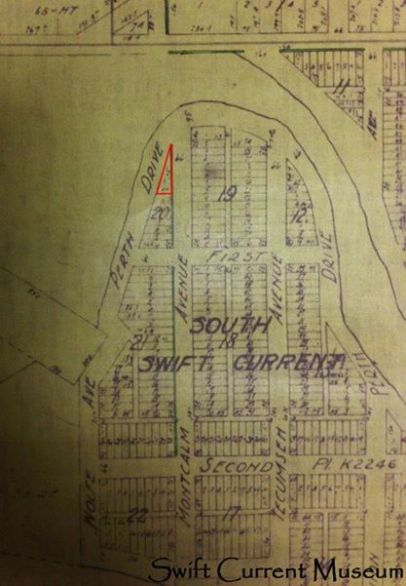Some founding Kinetic Club members practicing song parodies in the Healy Hotel for International Days, 1939. The club president found himself being questioned by police after some Kinetic Club members sent telegrams to the German and Italian embassies inviting Mussolini and Hitler to the event.
World War II greatly influenced the first few years of the Kinetic Club. Many floats were very patriotic, and lots of money was raised for the war effort. Many members of the Kinetic Club enlisted.
Winnie the bulldog (named after Winston Churchill) was raffled during Frontier Days in 1941. He was donated to the minesweeper H.M.C.S. Swift Current as a mascot in 1943, but he was killed in a tussle with an ox in a Halifax port and buried at sea.
Blowtorch, William McIntyre’s famous mechanical horse, became a favourite part of the post-war Frontier Days parades.
For more information about Frontier Days, visit the Swift Current Museum.



































